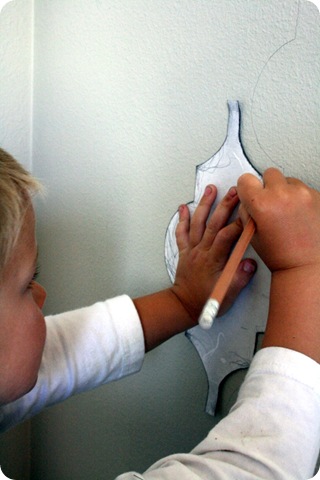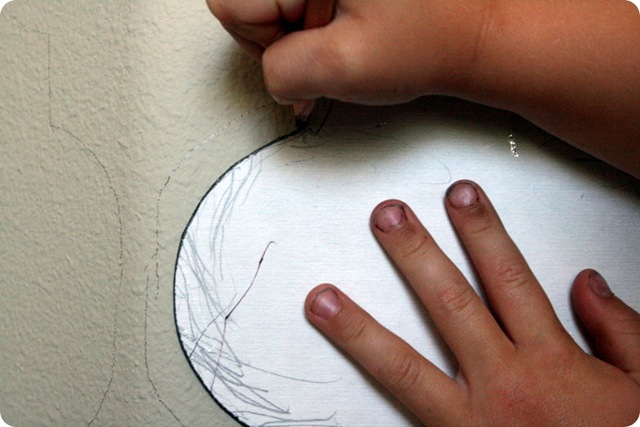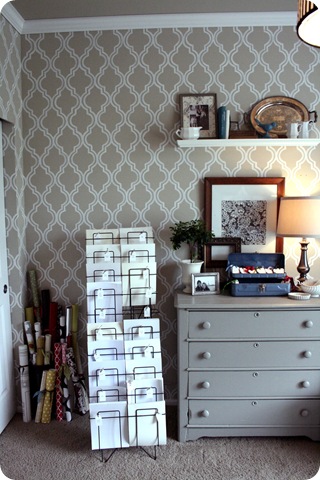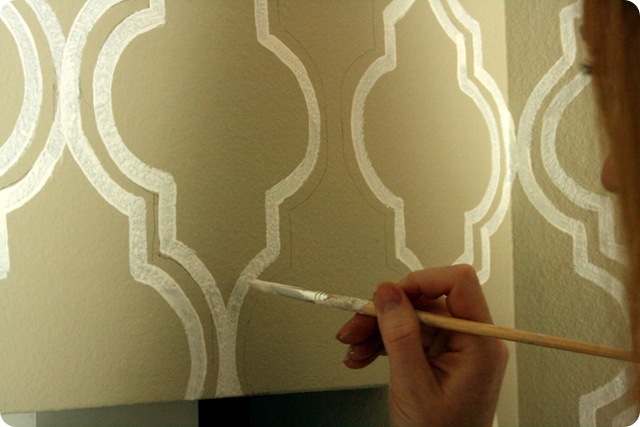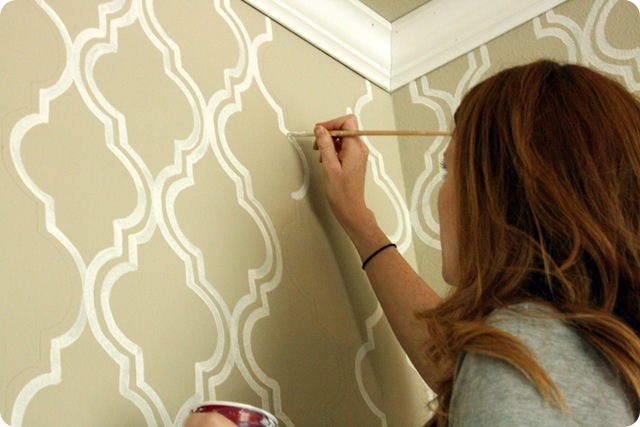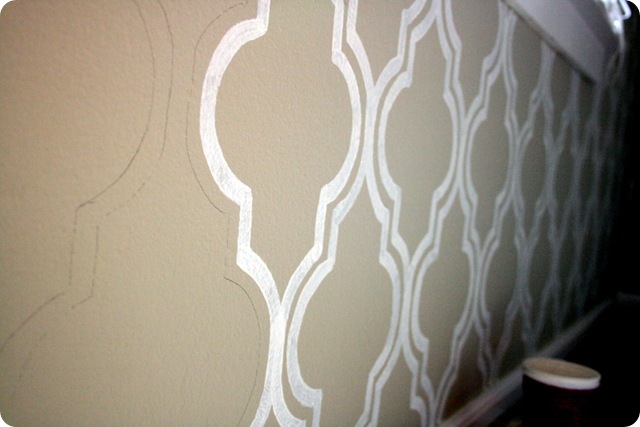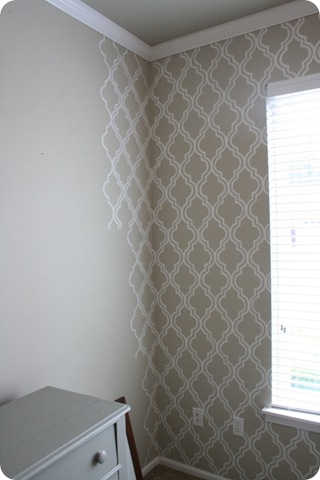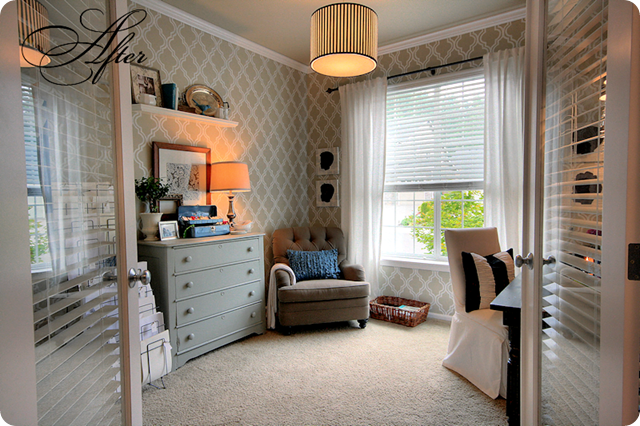So I made this little (noooooo – it’s quite big!) necklace thingy one day and thought that it might be fun to share the process with you.

My starting point was some leftovers of iridescent silk taffeta. I planned to use it as a top part of a summer dress, but I end up using just a little piece to it so I had plenty of leftovers. I also wanted to make the dress in simple everyday style… …but the idea of some sort of item that upgrades it (or any other plain dress) to more festive occassion just nagged on my brain.
The piece can be worn with long chain and it settles nicely on the chest. But you can shorten the chain until the ends of the fabric piece meet and voilà – you have an extravagant collar. It reminds me vaguely for the prize rosettes from all kind of shows, hence the name of the post…
You need:
Iridescent silk taffeta. The warp on this particular fabric is mustard yellow and weft greenish turquoise, the resulting overall color is beautiful antique gold. You can use other fibers as well, but the iridescency (warp and weft in different colors) really contributes this piece. The edges are unfinished and you can even unravel them intentionally a bit, so the weft color gives a beautiful halo around the motifs. If you try different fibers, make sure that you can iron steel sharp pleats to the fabric. And of course you can combine colors and textures.
Iridescent silk taffeta. The warp on this particular fabric is mustard yellow and weft greenish turquoise, the resulting overall color is beautiful antique gold. You can use other fibers as well, but the iridescency (warp and weft in different colors) really contributes this piece. The edges are unfinished and you can even unravel them intentionally a bit, so the weft color gives a beautiful halo around the motifs. If you try different fibers, make sure that you can iron steel sharp pleats to the fabric. And of course you can combine colors and textures.
I did not measure the piece of fabric I used but I think that about 50 cm is more than enough.
A small piece of lightweight fusible fabric.
Fabric cutter and/or scissors plus some surface protection if you use cutter. I prefer cutter for round and smallish shapes, scissors for stripes, rectangular pieces and large shapes that are unpractical to cut with my cutter and smallish protective mat.
Some suitable thread and a needle.
2 large jump rings.
A piece of chain (or more jump rings to make a chain).
Clasp.
Add some beads, crystals or additional chains for your taste.
Pattern for the basic shape is coming really soon in PDF format, but this is really simple – you can probably figure it out from the pidtures!
Cut the basic shape from the folded taffeta 2 times. Trim about 6 mm from the pattern edges and cut the smaller piece from the fusible fabric once.
Cut four 10 x 30 cm pieces and four 8 1/2 x 30 cm pieces out of the taffeta, the long side was in the warp direction in my piece so I got the green out from the frayed edges.
Cut 2 about 2 cm ribbons, length of the whole fabric width.
Iron all pieces. Iron the fusible fabric to other side of another taffeta shape.
Now pleat the rosettes. A steam iron does a good job on this. Use a small piece of scrap fabric and gradually go up to the warmest setting your fabric can take without damaging using the steam all the time.
With silk there is at least two signs when you are close to burn the fabric. The silk has distinct smell and just before you are about to burn the fabric, this smell is accentuated. Don’t mix it to the smell to the smell of burning silk (the smell of burning hair). Smells are hard to describe, but I’d say that the smell of silk has some nutty aromas in it, it is not all pleasant but not disgusting either. The other sign is that the fabric stiffens a bit. It will relax back when it cools down.
When you find the right setting for your iron start to make small 7-8 mm pleats to the rectangular pieces. The setting is really good if your pleated pieces stay in a small nice packets like these.

Decently pleated rosettes should look like this:
tightly packed, not springing open.
tightly packed, not springing open.
Now it’s time to sit at your sewing machine for a while. Sew the taffeta pieces together from the short upper seams from the WS. Open the seams and turn the right side up. Now stitch around the base piece about 6 mm from the edge – the tubes for large jump rings are formed to the narrow upper edges. You can fray the unfinished edges of the main piece a bit.

This is the base piece, fusible fabric inbetween the pieces
gives it some body. Note that the seams and top stitching on the RS
form tubes for jump rings on the top.
gives it some body. Note that the seams and top stitching on the RS
form tubes for jump rings on the top.
Sew few stitches on the middle of the rosettes. If you use sewing machine to this, you probably need to be very careful and help from the wheel a bit, these babies are quite thick. Unravel the rosette edges a bit.
You can adjust almost everything in this project, but there is one rule.
Thou shalt plan your arrangement..
So open the rosettes and use pins to keep them open.
Roll the long fabric strips loosely around your hands so that you get few loops, larger than the diameter of the larger rosette and use a pin to attach the loops from the middle.

Here’s how to fold the long ribbons.
Now put the main piece to a working surface and plan how you are going to arrange the pieces to it. The fabric loops go under 2 rosettes and the rosettes should be nicely overlapping. I did not try to make a symmetric piece, but of course you can do that if you want to (then it might be a good idea to make on extra rosette for the center point). Mark the arrangement to the base piece with pins or lightly with fabric pen.

The pleated rosettes look like giant farfalles before sewing.
Now attach the rosettes to the base with few stitches. A good starting point is the middle – just take away the pins from the rosette when you are working with this. Use a few stitches to attach the rosette edges together – without these stitches your rosettes look like giant farfalles! For some rosettes it might be enough to attach them from the middle, for some you might prefer to add few additional stitches around to keep the rosette in place.

Here you can see the edges of the rosette stitched
together on the WS of the rosette.
together on the WS of the rosette.
For rosettes with fabric loops attach the fabric loop on the base piece first with few stitches.

You don’t need too many stitches to attach the embellishments.
Be gentle when working with rosettes. There is no way to iron or clean the piece when it’s finished, so don’t squeeze it or sweat on it!

And here’s the arrangement without the chain.
Now attach the jump rings to the main piece and the chain to another jump ring. You can attach the clasp to the end of the chain or to another jump ring. If you have another embellishments, now it’s time to attach them. I had to make the chain from 18 mm jump rings, my hometown crafts supplier did not have any chains…

So here you can see the jump rings, clasp and chain attached.

And this is the finished piece used as a collar, as a necklace and again as a collar!
And that’s pretty much it. Wear and enjoy!
Store the piece on a flat surface or hang it loosely (not squeezed between the clothes on a clothes rack).



























